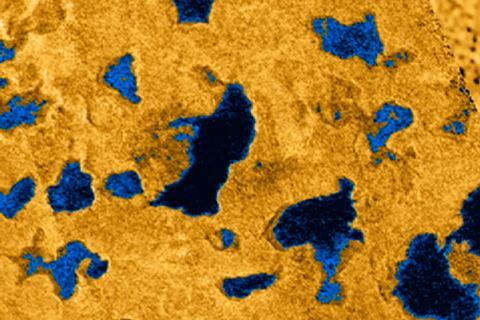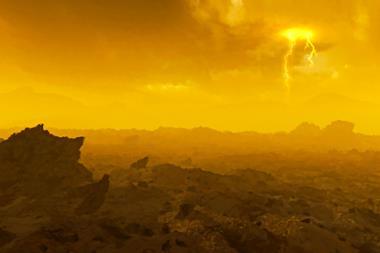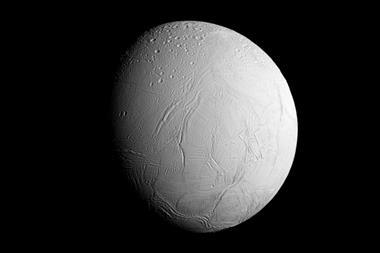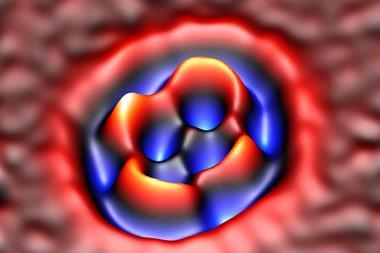
The liquid hydrocarbon seas that cover Saturn’s largest moon, Titan, may have different compositions, small waves and active tidal currents.
The landscape on Titan is characterised by large dune fields, flat plains and polar regions with large seas and lakes of liquid hydrocarbons. While exploration by the Cassini–Huygens space research mission has revealed much about the icy moon, many questions remain regarding the properties of its seas: Kraken, Ligeia and Punga Mare.
To investigate how Titan’s seas and atmosphere interact, the researchers looked at radar observations of the moon’s surface carried out by Cassini between 2014–2016. At the time of the observations – which probed the sea’s surface layer – the main bodies of Kraken, Ligeia and Punga Mare were mostly level, with no major disruptions to the surface.

However, the researchers observed significant variations in the liquid composition between the different seas, consistent with differences in the methane–ethane mixing ratio. They said that the results on estuaries suggested lower values than the open seas, compatible with methane-rich rivers entering seas with higher ethane content.
In addition, they found evidence of the presence of small surface waves and found a higher level of roughness was concentrated in coastal areas near estuaries and inter-basin straits, which they said could indicate active tidal currents.
References
V Poggiali et al,Nat. Commun., 2024, DOI: 10.1038/s41467-024-49837-2

















No comments yet